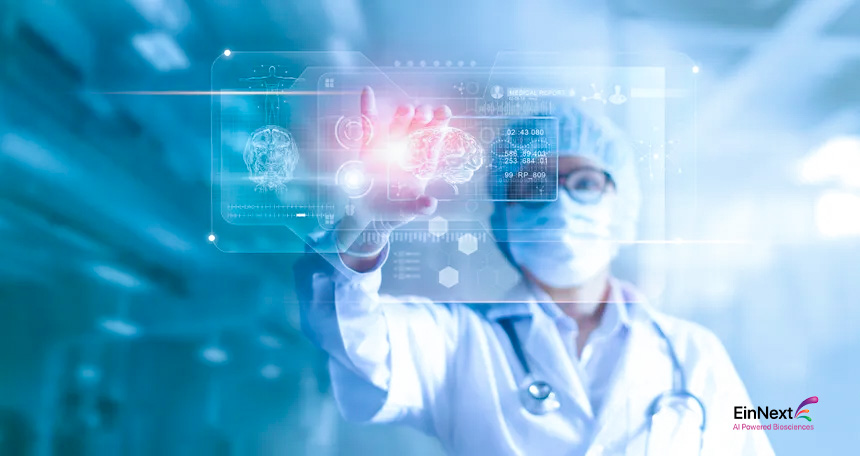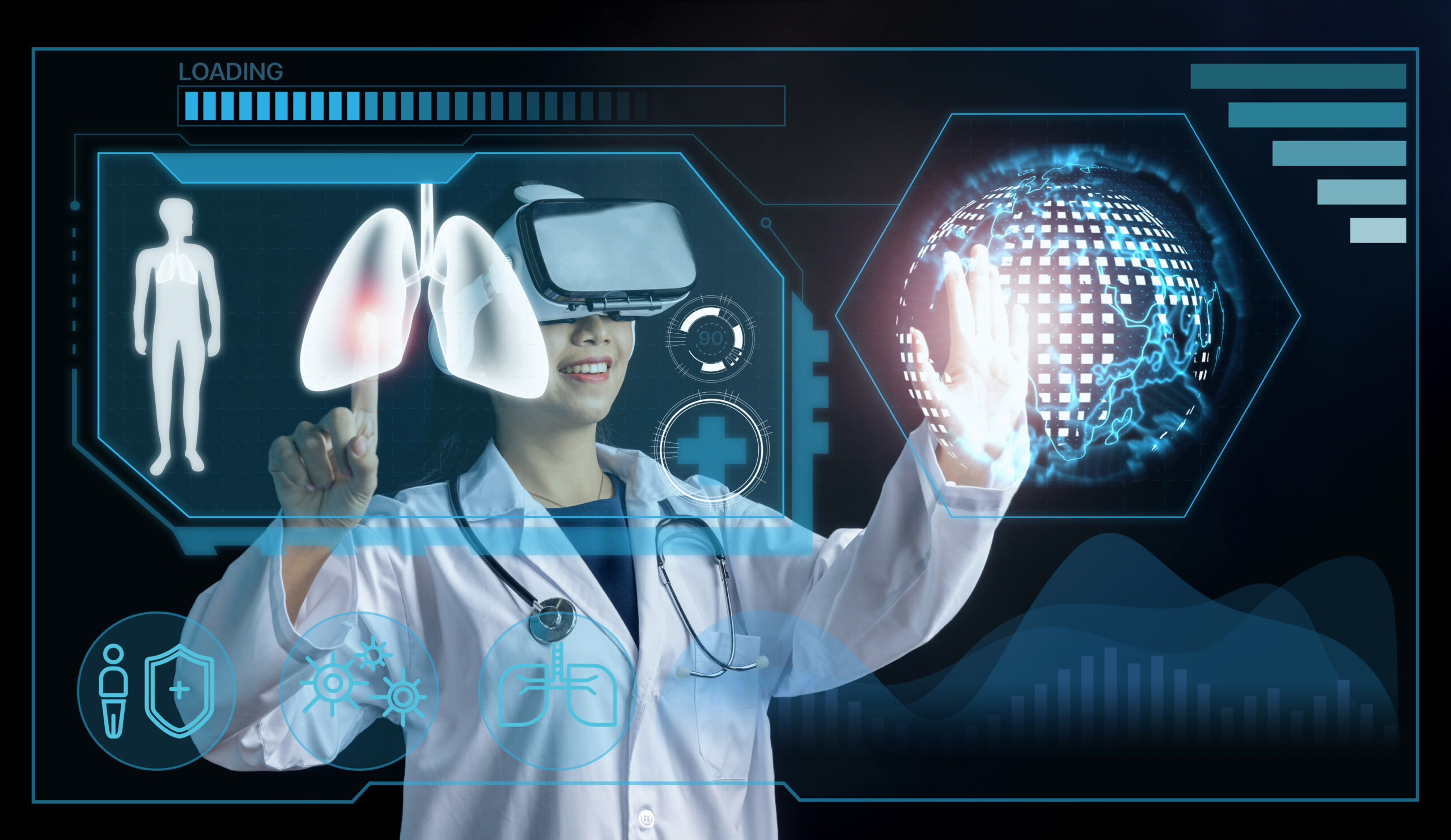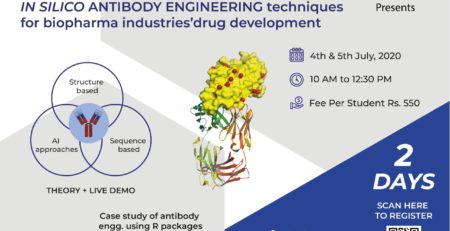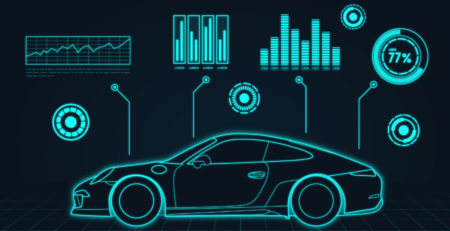Transformative Advances in Medical Imaging through Computer Vision
Dr.Dhatchanmoorthy – Director, EinNext Biosciences
Computer vision involves the use of algorithms and computational models to enable computers to interpret and analyze visual information. Computer vision interprets visual information by utilizing algorithms and computational models to mimic human visual perception. In healthcare, computer vision algorithms assist doctors by analyzing medical images (like X-rays, MRIs, CT scans and histology slides) enabling earlier and more accurate diagnoses. Efficient computer vision AI/MLalgorithms for digital radiology (radiomics) and pathology streamline the extraction of quantitative features from medical images, automating the identification of relevant patterns and characteristics to enhance diagnostic precision and analytical capabilities.
Computer vision in radiomics uses advanced image processing to extract quantitative features from medical images, enhancing diagnostic and predictive capabilities. The integration of computer vision in radiomics, analyzing large sets of imaging data to uncover hidden information, holds promise in enhancing disease diagnosis, personalized treatment planning, and patient outcomes. The ongoing evolution of computer vision in radiomics holds promise for enhancing diagnostic accuracy, treatment planning, and personalized healthcare through efficient and objective analysis of largescale medical imaging data.

Computer vision in digital pathology involves the application of advanced image analysis techniques to interpret and analyze pathology slides in a digital format. It enables automated detection, classification, and quantification of cellular and tissue features, aiding in more efficient and objective diagnostic processes. The integration of computer vision in digital pathology has the potential to improve accuracy, speed up workflows, and enhance the overall understanding of pathological specimens for better patient outcomes.
The impact of the latest computer vision AI/ML algorithms in the medical field is transformative, enhancing diagnostic accuracy, treatment personalization, and overall patient care. The continued growth of these technologies signals a promising future, driving advancements in medical imaging analysis, disease prediction, and the development of innovative healthcare solutions.
Engineers at EinNel technologies developing cutting-edge computer vision AI/ML algorithms exhibit strengths in advanced mathematical modeling, programming expertise, and a deep understanding of image processing, contributing to the innovation and effectiveness of their algorithms. Their interdisciplinary skills enable them to tackle complex challenges, ensuring the development of robust solutions with real-world applications for chemical/pharma and medical sciences. Currently, we are employing computer vision algorithms to develop an automated workflow for designing patient-specific implants in total knee replacement surgery, utilizing 2D X-ray images of the lower limb.
EinNel technologies is involved in an academic collaboration with students of the Neural TechGenix Club at BSA Crescent Institute, working under the supervision of Prof. Arputha Rathana.The focus is on computer vision for medical image processing, aiming to harness students’ innovative insights and provide training in developing cutting-edge algorithms for enhanced medical image analysis.
We employ latest computer AI/ML algorithms leverage advanced deep learning techniques, such as transformer architectures, to achieve state-of-the-art performance across diverse tasks like natural language processing, computer vision, and reinforcement learning. These algorithms demonstrate increased scalability, efficiency, and adaptability, pushing the boundaries of AI applications in various bioscience domains.










